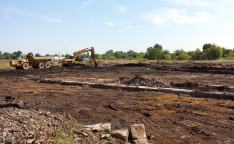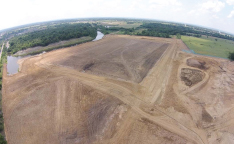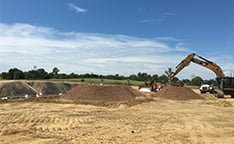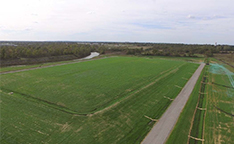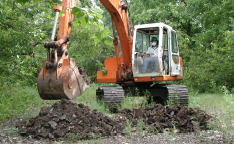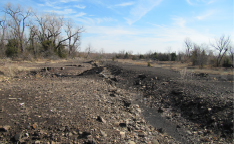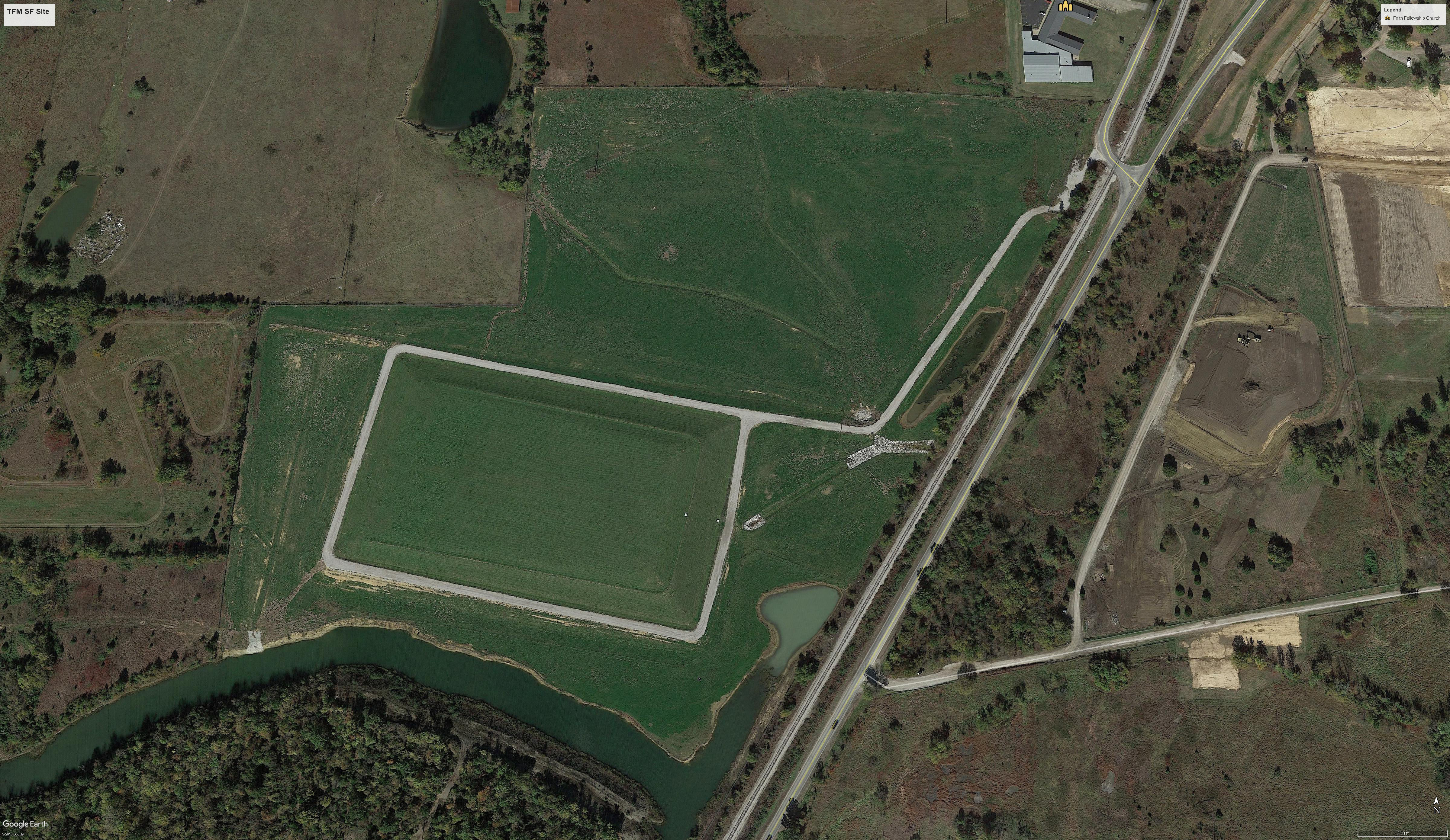SOLUTION
The DEQ retained Burns & McDonnell to support the remediation investigation and design. Our team began by defining the nature and extent of the heavy metal contamination. Soil testing and other investigatory efforts identified widespread contamination throughout the site, especially on a 10-acre area where most of the former production occurred and significant contamination was concentrated.
As both design engineer and DEQ’s representative during construction, our team was responsible for facilitating an adaptive design approach. We created a multidisciplinary team of civil engineers, geologists, environmental scientists, agronomists and regulators who could collaborate and capitalize on opportunities to implement sustainable solutions in real time. Team members remained on-site during construction to not only document the work performed and provide quality assurance oversight but also address changing conditions and recommend modifications on the spot.
The remedial design called for removing waste materials and shallow contaminated soils and then disposing of them in an on-site consolidation cell. The design placed a consolidation cell over the 10-acre area of deepest waste accumulation, which reduced the volume of materials that needed to be excavated for incorporation into the cell, providing for greener remediation and cost savings. We also identified ways to expand the cell’s capacity if the volume of contaminated material exceeded projections.
Further design adaptations were needed when old smelter furnaces were found during construction immediately adjacent to the consolidation cell’s footprint. We determined that these furnaces and the associated waste mass were in an area that would eventually contain the consolidation cell’s access road and berms. By demonstrating that the access road in combination with the cell’s berms would provide a cover system equivalent to that of the consolidation cell, the team developed a solution to leave several thousand cubic yards of waste materials in place.
When waste removal at the property boundary resulted in excavations significantly deeper than anticipated, our team performed an advanced hydraulic analysis to demonstrate that stormwater control could be maintained using the expanded excavation area for water containment and diversion. By using the excavation area for stormwater management, the team saved fuel, earthwork and construction materials cost for the originally planned detention basin, avoiding the cost of 25,000 cubic yards of earthwork associated with its construction.
An estimated 186,000 cubic yards of smelter waste and contaminated soil and sediment were excavated from the site and placed within the 10-acre consolidation cell, a process that stripped most of the topsoil from the 60-acre site. Rather than bring in new topsoil at a significant cost, the team worked to develop an alternate site restoration strategy.
Initially, the team considered grinding trees from the site into wood chips that could be tilled into the poor-quality soil as a growth amendment. The agronomist however, warned that ammonia and additional fertilizer would need to be added to the mix to achieve adequate groundcover growth. The agronomist suggested another option: chicken litter. Composed of sawdust, feathers, manure and other composted poultry parts, chicken litter is high in nitrogen, phosphorus and potassium, making it less expensive and more effective than traditional fertilizer in amending the site clay matrix and developing topsoil. It was also readily available from nearby poultry houses.
A mechanical soil stabilizer was used to grind the surface clay and mix it with chicken litter across the site. The grinding broke up the hard clay to create a favorable growing environment, and the mixing minimized odors from the chicken litter. Following the application of the chicken litter, more than 40 acres at the site were replanted with a mix of grasses and clover to promote site restoration and minimize long-term maintenance.
